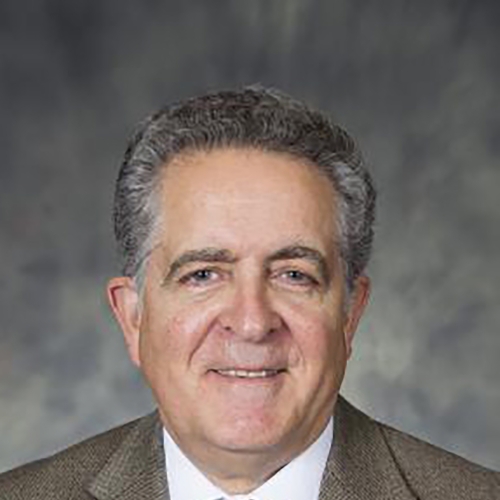
Marcus L Ward Collegiate Professor of Dentistry
Professor of Dentistry
Department of Periodontics and Oral Medicine
School of Dentistry
Professor of Biological Chemistry
[email protected]
Available to mentor
Renny T Franceschi

Professor
-
Center MemberRegenerative Medicine Resource Center
-
Center MemberCenter for Cell Plasticity and Organ Design
-
Center MemberBiosciences Initiative
-
Ling S, Kwak D, Takuwa Y, Ge C, Franceschi R, Kim KK. J Pathol, 2024 Apr; 262 (4): 505 - 516.Journal ArticleDiscoidin domain receptor 2 signaling through PIK3C2α in fibroblasts promotes lung fibrosis.
DOI:10.1002/path.6253 PMID: 38332727 -
Bok S, Yallowitz AR, Sun J, McCormick J, Cung M, Hu L, Lalani S, Li Z, Sosa BR, Baumgartner T, Byrne P, Zhang T, Morse KW, Mohamed FF, Ge C, Franceschi RT, Cowling RT, Greenberg BH, Pisapia DJ, Imahiyerobo TA, Lakhani S, Ross ME, Hoffman CE, Debnath S, Greenblatt MB. Nature, 2023 Sep; 621 (7980): 804 - 812.Journal ArticleA multi-stem cell basis for craniosynostosis and calvarial mineralization.
DOI:10.1038/s41586-023-06526-2 PMID: 37730988 -
Ge C, Li Y, Wu F, Ma P, Franceschi RT. Acta Biomater, 2023 Aug; 166: 109 - 118.Journal ArticleSynthetic peptides activating discoidin domain receptor 2 and collagen-binding integrins cooperate to stimulate osteoblast differentiation of skeletal progenitor cells.
DOI:10.1016/j.actbio.2023.05.039 PMID: 37245640 -
Aliabouzar M, Quesada C, Chan ZQ, Fowlkes JB, Franceschi RT, Putnam AJ, Fabiilli ML. Acta Biomater, 2023 Jul 1; 164: 195 - 208.Journal ArticleAcoustic droplet vaporization for on-demand modulation of microporosity in smart hydrogels.
DOI:10.1016/j.actbio.2023.04.037 PMID: 37121372 -
Pagani CA, Bancroft AC, Tower RJ, Livingston N, Sun Y, Hong JY, Nanes BA, Kent RN, Dean K, Franceschi R, Baker BM, Weiss SJ, Levi B. Plastic & Reconstructive Surgery Global Open, 11 (5S): 7 - 8.Journal Article11. Mesenchymal Lineage Discoidin Domain Receptor 2 Affects Heterotopic Ossification Formation and Extracellular Matrix Organization
DOI:10.1097/01.gox.0000937640.56138.fb -
Mohamed FF, Ge C, Hallett SA, Bancroft AC, Cowling RT, Ono N, Binrayes A-A, Greenberg B, Levi B, Kaartinen VM, Franceschi RT. Elife, 2023 Jan 19; 12:Journal ArticleControl of craniofacial development by the collagen receptor, discoidin domain receptor 2.
DOI:10.7554/eLife.77257 PMID: 36656123 -
Franceschi RT, Hallett SA, Ge C. Front Dent Med, 2023 4:Journal ArticleDiscoidin domain receptors; an ancient family of collagen receptors has major roles in bone development, regeneration and metabolism.
DOI:10.3389/fdmed.2023.1181817 PMID: 38222874 -
Pagani CA, Bancroft AC, Tower RJ, Livingston N, Sun Y, Hong JY, Kent RN, Strong AL, Nunez JH, Medrano JMR, Patel N, Nanes BA, Dean KM, Li Z, Ge C, Baker BM, James AW, Weiss SJ, Franceschi RT, Levi B. Sci Adv, 2022 Dec 21; 8 (51): eabq6152Journal ArticleDiscoidin domain receptor 2 regulates aberrant mesenchymal lineage cell fate and matrix organization.
DOI:10.1126/sciadv.abq6152 PMID: 36542719